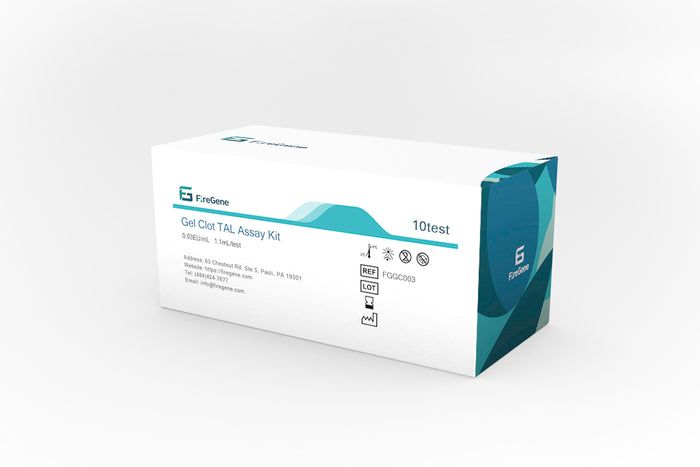
# LAL Gel Clot Assays for Endotoxin Detection
## Understanding LAL Gel Clot Assays
The Limulus Amebocyte Lysate (LAL) Gel Clot Assay is one of the most widely used methods for detecting endotoxins in pharmaceutical products, medical devices, and other materials. This biological test relies on the unique clotting reaction that occurs when endotoxins interact with the LAL reagent derived from horseshoe crab blood.
## How the Gel Clot Method Works
The LAL Gel Clot Assay operates on a simple principle:
- Endotoxins activate an enzymatic cascade in the LAL reagent
- This activation leads to the formation of a gel clot
- The presence or absence of clotting determines endotoxin contamination
The test is performed by mixing equal volumes of the sample with LAL reagent and incubating the mixture at 37°C for a specified time period (typically 60 minutes).
## Advantages of Gel Clot Assays
The gel clot method offers several benefits for endotoxin detection:
- Simplicity: Easy to perform with minimal equipment requirements
- Cost-effectiveness: Lower cost compared to other LAL methods
- Reliability: Proven track record in pharmaceutical quality control
- Specificity: Highly specific for endotoxins
## Applications in Pharmaceutical Industry
Quality Control Testing
Pharmaceutical manufacturers routinely use LAL Gel Clot Assays to ensure their products meet endotoxin limits specified in pharmacopeias. This includes testing of:
- Injectable drugs
- Medical devices
- Biologics
- Water for injection
Process Validation
The assay helps validate cleaning procedures and manufacturing processes to prevent endotoxin contamination throughout production.
## Comparison with Other LAL Methods
While the gel clot method remains popular, it’s important to understand how it differs from other LAL-based techniques:
| Method | Sensitivity | Quantification | Equipment Needs |
|---|---|---|---|
| Gel Clot | Moderate | Semi-quantitative | Minimal |
| Chromogenic | High | Quantitative | Spectrophotometer |
| Turbidimetric | High | Quantitative | Spectrophotometer |
## Regulatory Considerations
The LAL Gel Clot Assay is recognized by major pharmacopeias including:
- United States Pharmacopeia (USP)
- European Pharmacopoeia (EP)
- Japanese Pharmacopoeia (JP)
These regulatory bodies provide detailed guidelines for performing the test and interpreting results to ensure patient safety.
## Future Perspectives
While newer methods have emerged, the LAL Gel Clot Assay remains a cornerstone of endotoxin testing due to its simplicity and reliability. Ongoing research focuses on improving assay sensitivity and developing alternative reagents to address concerns about horseshoe crab conservation.
